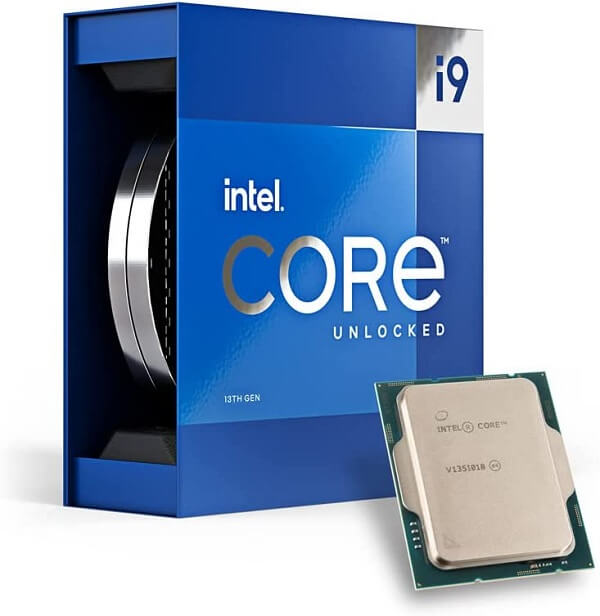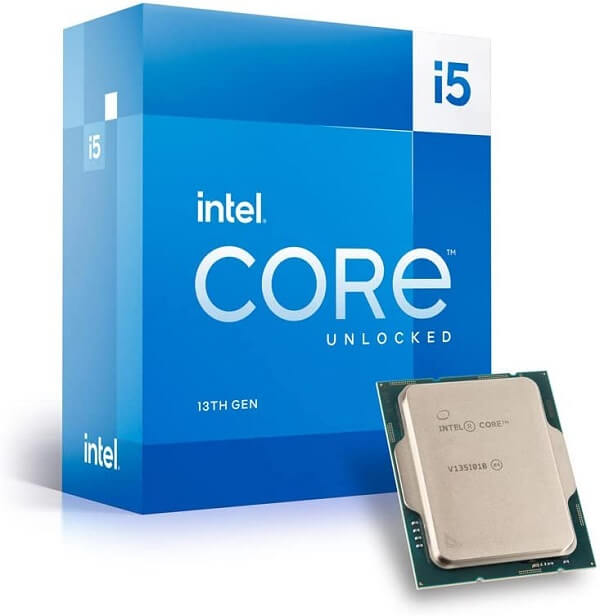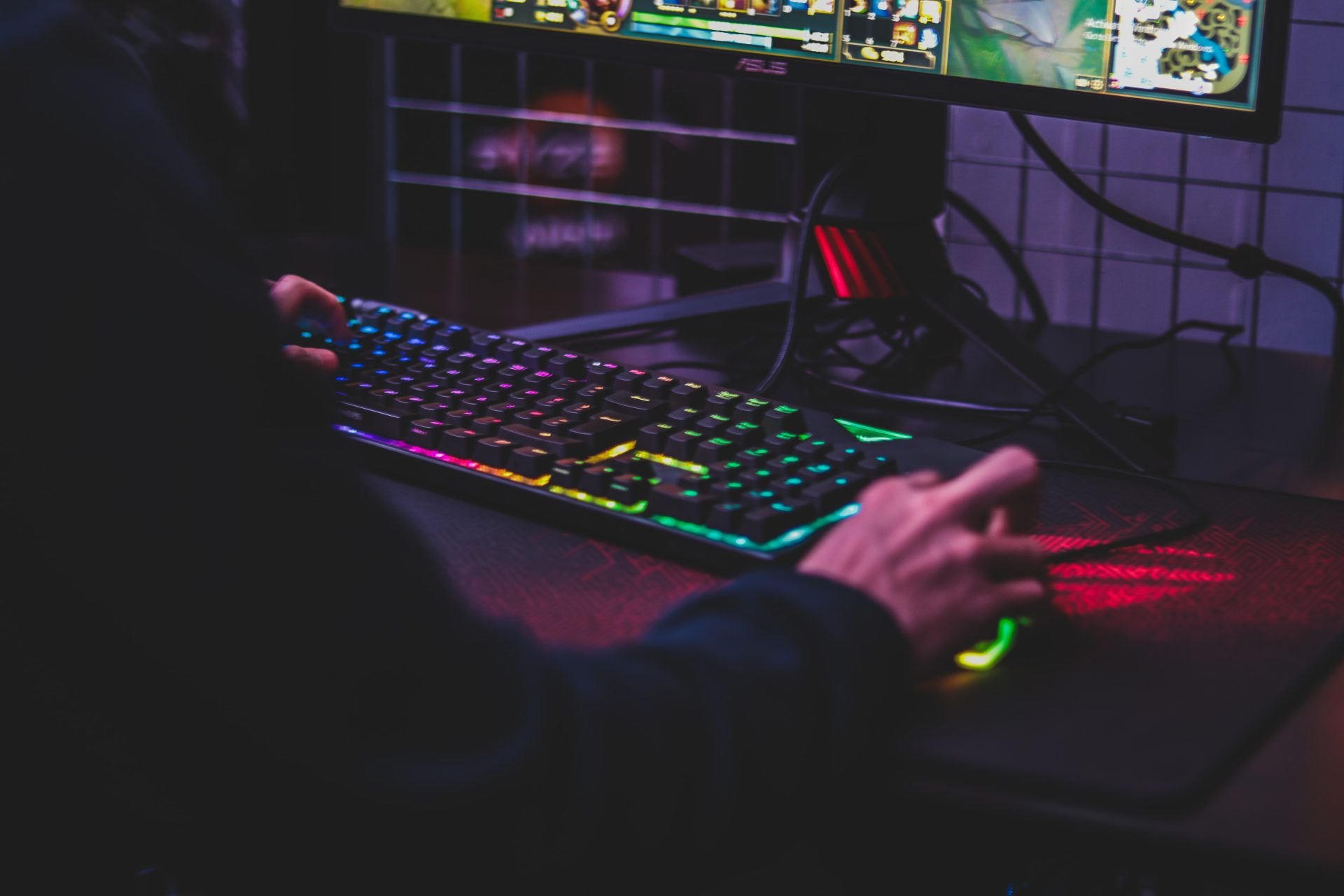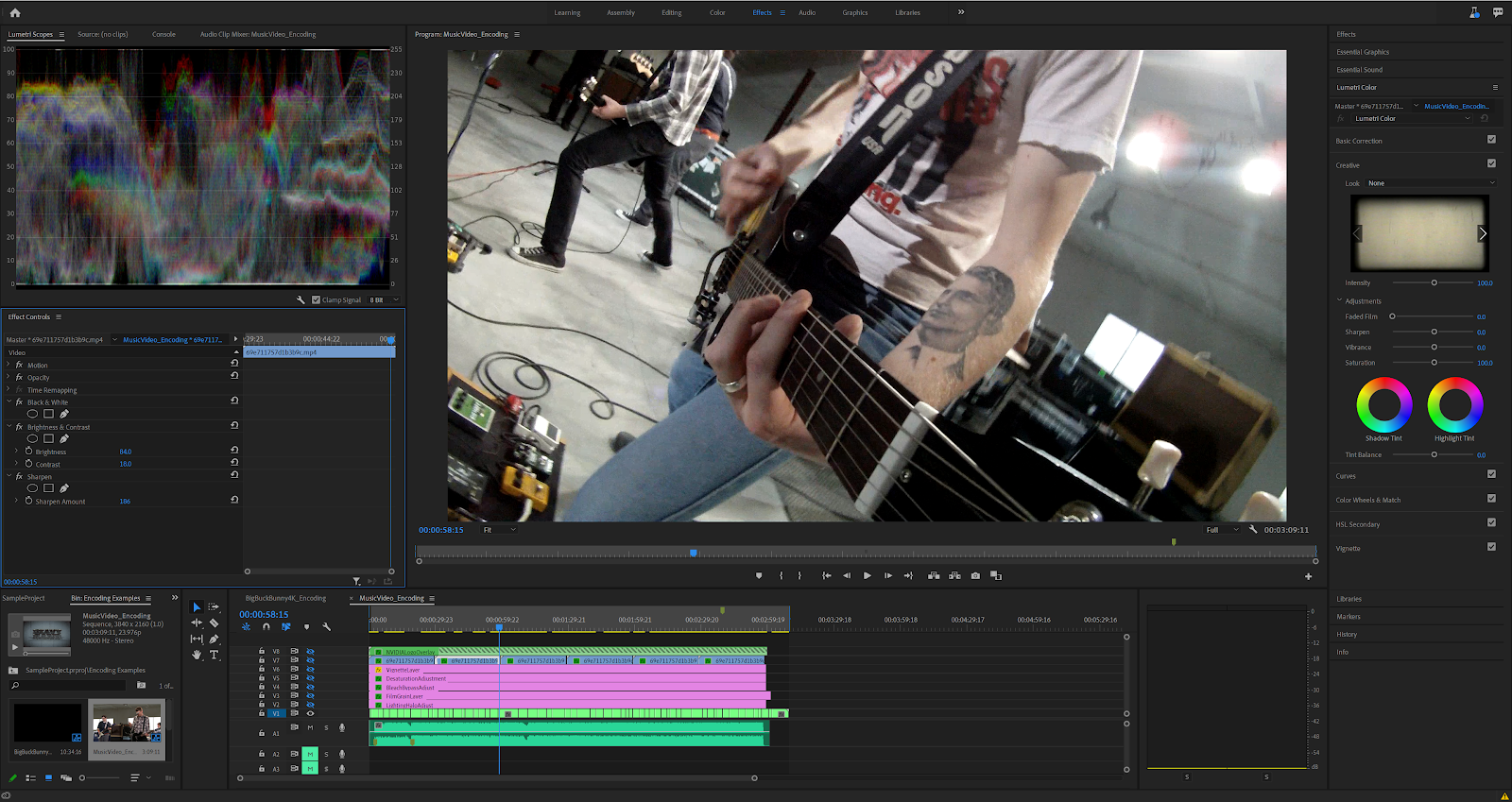Intel’s 13th generation Raptor Lake processors are here, and they’ve arrived in grand style. After a lukewarm build-up to their release, these highly-clocked, high-power processors delivered an incredible performance in professional, productive workloads and gaming, making them some of the best CPUs you can buy today.
In many cases, they’re just as good, if not better than the AMD alternatives. And for 12th-generation Alder Lake CPU owners out there, there’s now a clear upgrade path for the future; especially with the ever-faster memory kits that are consistently debuting.
But whether you’re looking to build a brand new Intel Raptor Lake PC, or you’re looking to upgrade from an existing compatible system, there’s a lot to love about Intel’s 13th gen – and you don’t even need the flagship chips to get flagship-like performance.
Here’s everything you need to know about Intel’s 13th gen Raptor Lake CPUs.
Intel 13th Generation Raptor Lake CPU Specs
Specifications don’t tell us the whole picture about what a line of processors can do, but they’re a great way to compare the different available models and see how far we’ve come in just a few short years.
| Core i9 13900K | Core i9 13900KF | Core i7-13700K | Core i7-13700KF | Core i5-13600K | Core i5-13600KF | |
| Architecture | Raptor Lake/Gracemont | Raptor Lake/Gracemont | Raptor Lake/Gracemont | Raptor Lake/Gracemont | Raptor Lake/Gracemont | Raptor Lake/Gracemont |
| Process | Intel 7 (10nm) | Intel 7 (10nm) | Intel 7 (10nm) | Intel 7 (10nm) | Intel 7 (10nm) | Intel 7 (10nm) |
| Cores | 24 (8+16) | 24 (8+16) | 16 (8+8) | 16 (8+8) | 14 (6+8) | 14 (6+8) |
| Threads | 32 | 32 | 24 | 24 | 20 | 20 |
| Cache (L2+L3) | 68MB | 68MB | 54MB | 54MB | 44MB | 44MB |
| P Core Base | 3GHz | 3GHz | 3.4GHz | 3.4GHz | 3.5GHz | 3.5GHz |
| P Core Boost | 5.8GHz | 5.8GHz | 5.4GHz | 5.4GHz | 5.1GHz | 5.1GHz |
| E Core Base | 2.2GHz | 2.2GHz | 2.5GHz | 2.5GHz | 2.6GHz | 2.6GHz |
| E Core Boost | 4.3GHz | 4.3GHz | 4.2GHz | 4.2GHz | 3.9GHz | 3.9GHz |
| Integrated Graphics | Intel UHD 770 | N/A | Intel UHD 770 | N/A | Intel UHD 770 | N/A |
| Base Power | 125W | 125W | 125W | 125W | 125W | 125W |
| Max Power | 253W | 253W | 253W | 253W | 181W | 181W |
Raptor Lake: An Overview
The 13th gen takes another big leap in core counts for Intel, adding Efficiency (E) cores to the lower-tier chips for the first time, and increasing their number dramatically in the higher-end chips.
Clock speeds and power demands have also seen big leaps with this generation, too, with Intel throwing everything at the wall to deliver the killing blow to AMD’s new Ryzen 7000 generation. It may well succeed, but it’s had to make some big changes to achieve it.
All Raptor Lake CPUs are built on a 10nm process like its predecessor, Alder Lake, but Intel says that it’s been “enhanced.” It hasn’t gone into specific detail about that, but there are rumours of improved yield and better quality silicon, which is what’s made it possible to pack more cores into each chip and improve clock speeds so dramatically.
The architectures behind the new cores are a bit of a mixed bag. Intel claims to be using a new “Enhanced Gracemont” architecture for its E cores, which is why it can operate them at higher frequencies than Alder Lake. But, it’s not clear what changes have been made to allow this.
The Performance (P) cores are based on a new Raptor Cove design which takes full advantage of Intel’s newly enhanced 10nm node to deliver impressive performance enhancements.
 Image source: Intel
Image source: IntelEnhancements everywhere
Intel has effectively doubled the E core count in its top chips, while adding eight of them to the Core i5 model. This should massively increase multi-threaded performance for the mid-range CPUs. Though with 24 cores and 32 threads at the top end, we’ll have to see whether that’s starting to see diminishing returns, as few applications can take advantage of so many threads.
What all games and applications will appreciate though, is the big leap in clock speed this generation. While frequencies north of 5GHz were a rarity with previous generations – often requiring heavy overclocking to maintain on more than one core at a time – here Raptor Lake targets closer to 6Ghz on its top chips, and ensures even modest Core i5 models can crest 5GHz when boosting.
Those cores and higher frequencies do come at a cost though: power. Intel 13th gen CPUs might be more efficient per watt, but they demand more of them, particularly at the lower end. The Core i5 is now rated to hit as high as 181W at full load, while the top CPUs can pull as much as 253W which makes them the most power-hungry consumer CPUs ever released.
As it stands, Intel has focused its early launch attention on its higher-performance models, the K-series Core i5, Core i7, and Core i9 CPUs. There are F versions of each model, offering more affordable versions of these processors for people who don’t need the onboard graphics, but we’ve not yet seen any Core i3 or lesser models, which would offer better bang for buck in budget builds.
For now, it seems both Intel and AMD are content to have their last-generation models act as the entry-level options while stock lasts.
Intel Core i9-13900K
 Image source: Intel
Image source: IntelThe Intel Core i9-13900K is the latest flagship processor from team blue and it is both a monster on the spec table and in real-world PCs.
With 24 cores, it has far more cores than any other mainstream processor that came before it, and its near-6GHz clock speed is a hell of an achievement too. It pulls a lot of power – officially maxing out at 241W, though some reviewers have it hitting over 300W – and needs a lot of cooling. But, if you have the RAM to power it and the system to keep it chilly enough, its performance is incredible.
Across a range of games, it works out to be between 5-10 percent faster than the Ryzen 9 7950X, an already monstrously fast processor. It also takes near double-digit percent leads over last-generation standouts, the Core i9-12900K and Ryzen 7 5800X3D. Although there are some games it falls behind, like Civilization VI, Elden Ring, and Doom Eternal, for the most part, the Core i9-13900K is the new gaming king.
It also storms ahead in a number of more professional applications. It trades blows with the more-expensive Ryzen 9 7950X in media encoding, but it is much faster in Adobe After Effects, and physics simulations. There are some tasks that are better accelerated by AMD’s greater collection of larger, performance cores, but if we look at averages across ranges of applications, the 13900K is a real performance leader.
Intel Core i7-13700K

In recent generations, Intel’s Core i7 CPUs haven’t offered the value of the Core i5s, nor the high-end performance of the Core i9s. But, with Raptor Lake, it holds a much-more important niche.
In gaming, it’s very competitive with the top CPUs from both Intel and AMD, and it isn’t that far behind in productivity tasks too. It’s faster than just about every CPU from the previous generations, save for the odd 5800X3D blowout. And though the 13900K’s additional cores occasionally give it a notable lead in some professional applications, it’s a much smaller gap than we’ve seen with previous generations.
Upping the E core count with the 13700K to eight has made a dramatic difference to its multi-threaded performance, helping it compete directly with CPUs from AMD that have a much greater number of big P cores. As with the other CPUs in its generation, though, it gets a big benefit from faster memory. So, ensuring that your DDR5 is 6,000 MHz+ is a recipe for top-tier performance from this exciting new Core i7 processor.
Unfortunately, the 13700K does suffer from the same efficiency issues as the 13900K, demanding more power than any other CPU (save the 13900K). That makes it less attractive for those building smaller or power-efficient PCs, but as long as you have a big cooler to stick on it, it shouldn’t prove problematic for most standard tower PCs.
Ultimately, the 13700K feels like the pragmatic choice for those wanting top-tier performance, without the associated monetary and power cost of the Core i9, even if doesn’t offer quite as impressive numbers in select benchmarks.
Core i5 13600K

Historically, Intel’s Core i5s have been their most popular chips, and with good reason: they’re far more affordable. But where previous-generation Core i5s could get quite close to the top chips in gaming, they typically fell far behind in productivity. Not so with this generation.
With the addition of eight E cores to the Core i5’s typical six P cores, this mid-range CPU is both affordable and extremely quick at all manner of tasks.
In 1080p gaming, it beats out the last-generation king, the Core i9-12900K and walks all over the Core i5-12600K. It even competes favourably with the 13900K in some games, showing that all those extra E cores don’t do much if you’re just looking to play games.
However, in productivity benchmarks and applications, the 13900K pulls away where those cores can be leveraged. But the 13600K is still a contender.
In encoding and rendering tests, the 13600K manages to keep up with last-generation standouts like the 5900X and 12700K. It wouldn’t be our first choice for a high-power video editing machine, but if you are primarily using your system for gaming and only do a little creative work on the side, it’s a fantastic option. Especially at around half the price of the 13900K.
The only real downside to it is its power draw. Like the other 13th gen CPUs, the 13600K pulls a lot of power – over 230W in some test rigs. It won’t demand that much in everyday workloads, or gaming, but if you push all of its now-many cores to their limit, you’re going to have to put up with much greater power and thermal demands.
Which is the best Intel 13th Gen CPU for gaming?

If you want the best pure performance, the top 13th-generation CPUs, the 13900K and 13900KF (slightly cheaper without the onboard graphics) deliver the best. They hit the highest frame rates and they offer consistent performance. They’re powerful production CPUs too, so if you do any work when you aren’t gaming, then they’ll have all the performance you need.
All that said, gaming doesn’t need a CPU that powerful or with that many cores. Just in the same way that AMD’s Ryzen 7950X is overkill for gaming, even if it is AMD’s best CPU for gaming.
The best bang for buck 13th Gen CPU Intel offers for gaming with Raptor Lake is its Core i5-13600K.
It has performance numbers very close to that of the 13700K and 13900K, especially if you’re gaming at 1440p or 4K, and it’s a fraction of the cost. It isn’t as strong in creative applications, and its power draw is still high, but it’s more efficient overall, and the associated costs are much lower.
If you want a great value and performing gaming CPU from this generation, the 13600K is hard to beat.
Which is the best Intel 13th Gen CPU for productivity work?

If you’re a working professional who needs their PC to complete certain tasks, and the faster you complete them the higher your earnings potential, there’s no need to look for “value” in your new build. Just go straight for the powerhouse that is the Core i9-13900K. With its 24 cores, it delivers the kind of multi-threaded performance that was reserved for server CPUs just a generation or two ago.
It doesn’t just compete with AMD’s top CPUs either, it beats them.
Despite their higher P core count, the Core i9-13900K is the absolute king in production and gaming, making it the best CPU in the world for just about anything you throw at it. There are certain workloads where AMD’s more traditional CPU designs pull ahead, and you’ll need to factor in power and thermal demands with any Raptor Lake CPU. But if time is money, then spend yours on a Core i9-13900K.






